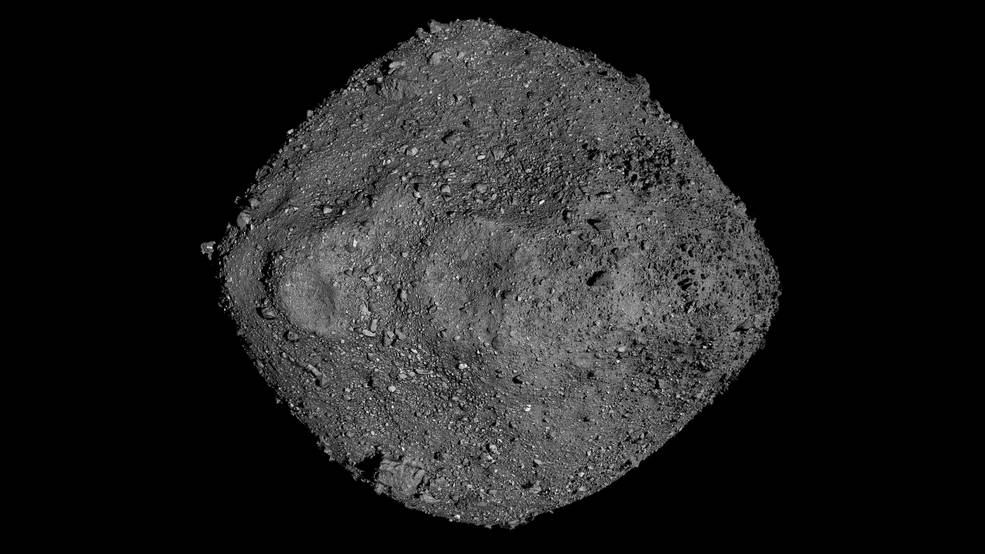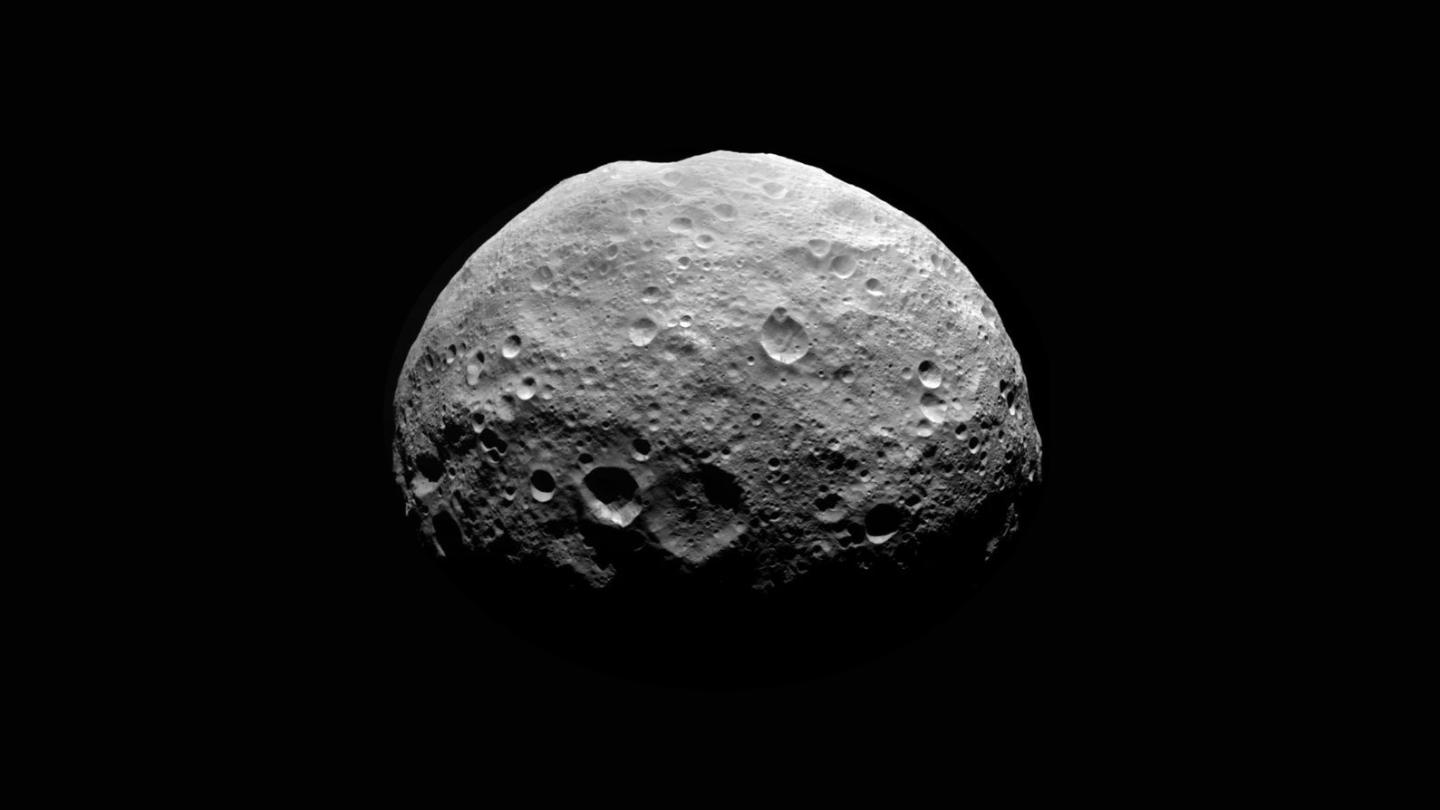NASA updates the odds of asteroid Bennu hitting Earth

This article was originally published by our sister site, Freethink.
NASA has just updated its predictions about the possibility of the asteroid Bennu slamming into Earth, even going so far as to pinpoint the exact date an impact is most probable: September 24, 2182.
Spoiler alert: we’re probably fine.
The background: Our solar system contains more than a million asteroids, and most are tiny and highly unlikely to come anywhere near Earth.
If a large asteroid were to slam into Earth’s surface, though, the result could be devastating, so NASA established the Planetary Defense Coordination Office (PDCO) in 2016 to detect and monitor any potentially dangerous asteroids and create a plan to prevent impacts, if possible.
Bennu is expected to get within 125,000 miles of Earth — about half the distance to the moon.
Right now, the PDCO is keeping a close eye on two particularly threatening space rocks, one of them being Bennu.
The Bennu asteroid: NASA discovered the Bennu asteroid in 1999. It’s currently almost 200 million miles away from us, but it’s expected to get within 125,000 miles in 2135 — that’s about half the distance between Earth and the moon.
“An object Bennu’s size … would pretty much devastate things up and down the coast.”
—LINDLEY JOHNSON
Bennu is about one-third of a mile (half a kilometer) wide, and if it were to impact Earth, it could cause serious destruction.
“[A] half-kilometer-sized object is going to create a crater that’s at least five kilometers in diameter, and it can be as much as 10 kilometers in diameter,” PDCO Director Lindley Johnson told the New York Times.
“But the area of devastation is going to be much, much broader than that, as much as 100 times the size of the crater,” he continued. “So an object Bennu’s size impacting on the Eastern Seaboard states would pretty much devastate things up and down the coast.”
The OSIRIS-REx mission: To find out as much about the Bennu asteroid as possible, NASA launched the OSIRIS-REx spacecraft in 2016.
The craft spent two years studying Bennu up close, recording data from its orbit and even landing on the asteroid to collect rock samples — a first for NASA.
Those samples won’t be in NASA’s hands until 2023 (OSIRIS-REx is still making the journey home), but NASA has already used what it’s learned from the probe to update its predictions about the Bennu asteroid.
“The OSIRIS-REx data give us so much more precise information, we can test the limits of our models and calculate the future trajectory of Bennu to a very high degree of certainty through 2135,” study lead Davide Farnocchia said in a press release.
“We’ve never modeled an asteroid’s trajectory to this precision before,” he added.
What’s new: According to NASA, the chance of the Bennu asteroid hitting Earth between now and 2300 is about 1 in 1,750. That’s a slight change from its previous prediction (a 1 in 2,700 chance of impact between now and 2200).
“I’m not any more concerned about Bennu than I was before.”
—DAVIDE FARNOCCHIA
NASA also determined the specific date when a collision with Bennu is most likely — September 24, 2182 — but even then, the odds are just 1 in 2,700.
The bottom line, according to Farnocchia?
“It’s not a significant change,” he told the NYT. “I’m not any more concerned about Bennu than I was before. The impact probability remains really small.”





